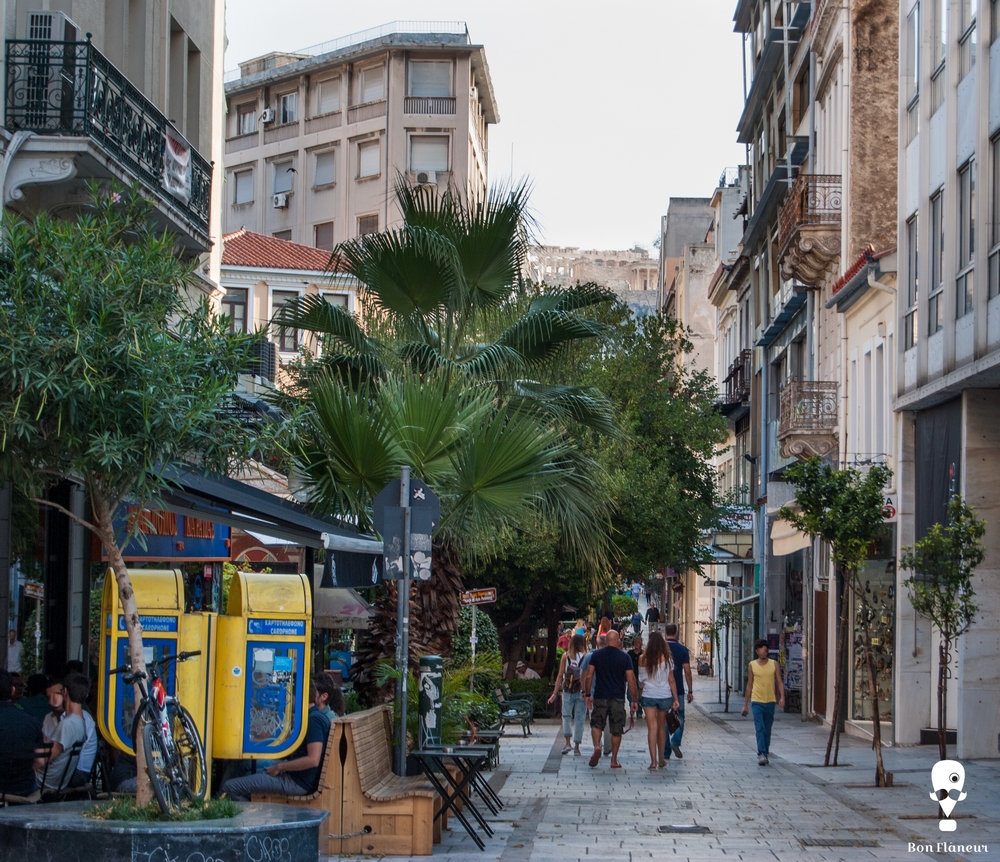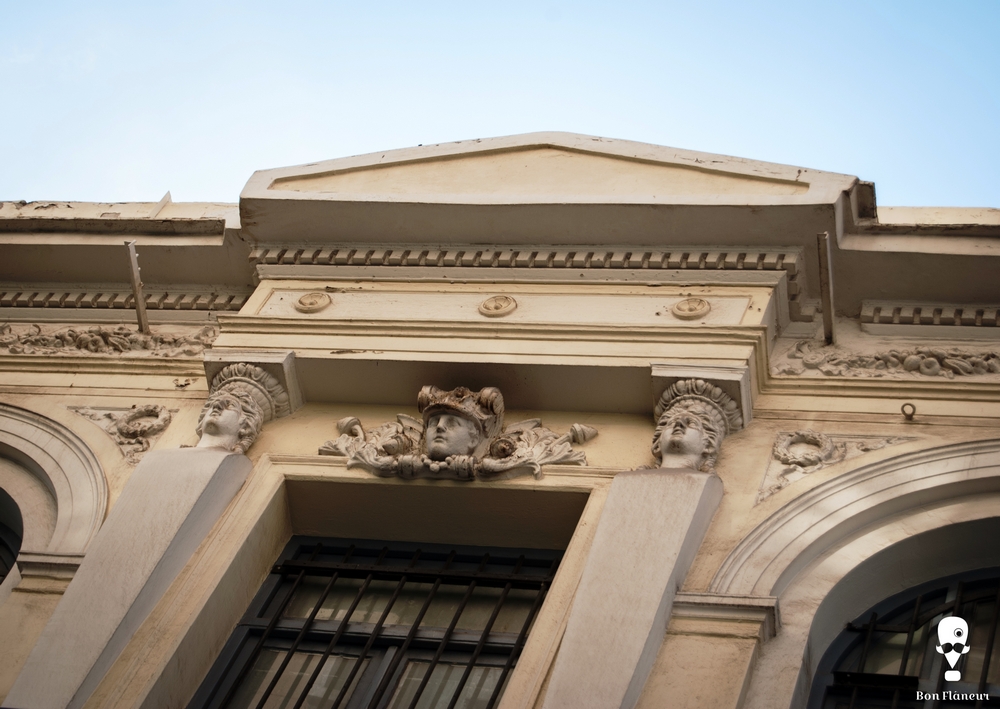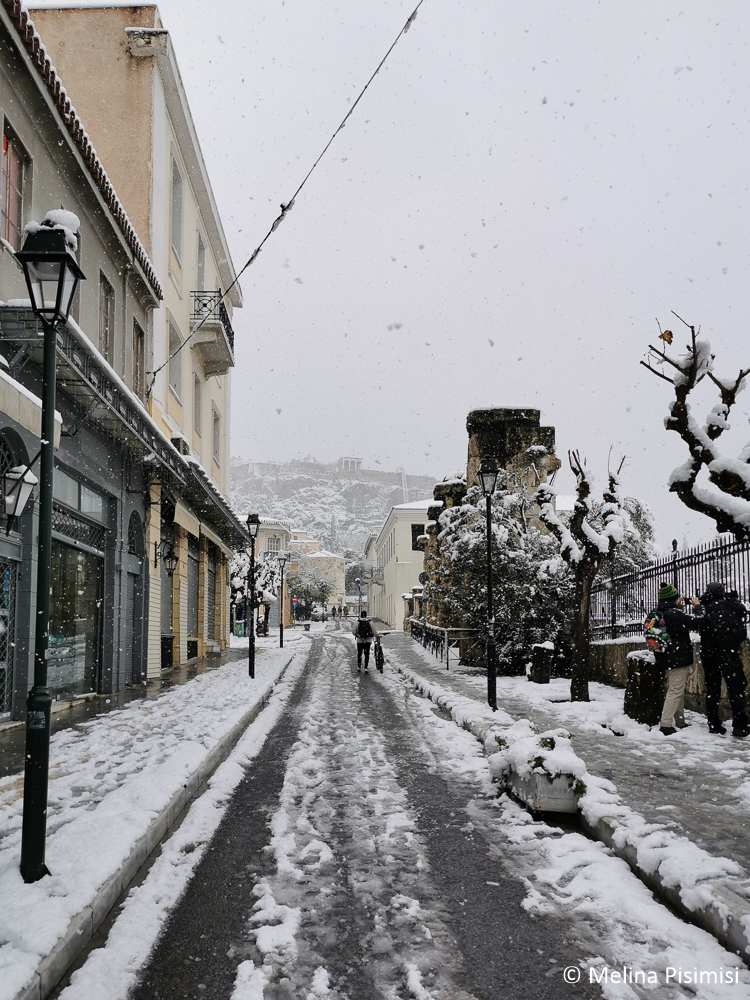Aeolou Street
Aeolou Street, along with its parallel Athenas Street and Ermou Street running perpendicularly to both, were the first roads to be designed and laid out in the new city of Athens, in the mid 19th century.
Location
Timeline
Modern and Contemporary era (1821 - )
1833 The construction of buildings on both sides of the road began around that time.
2003 The road becomes exclusively pedestrian and its antiquities are refurbished and valorized.









Share